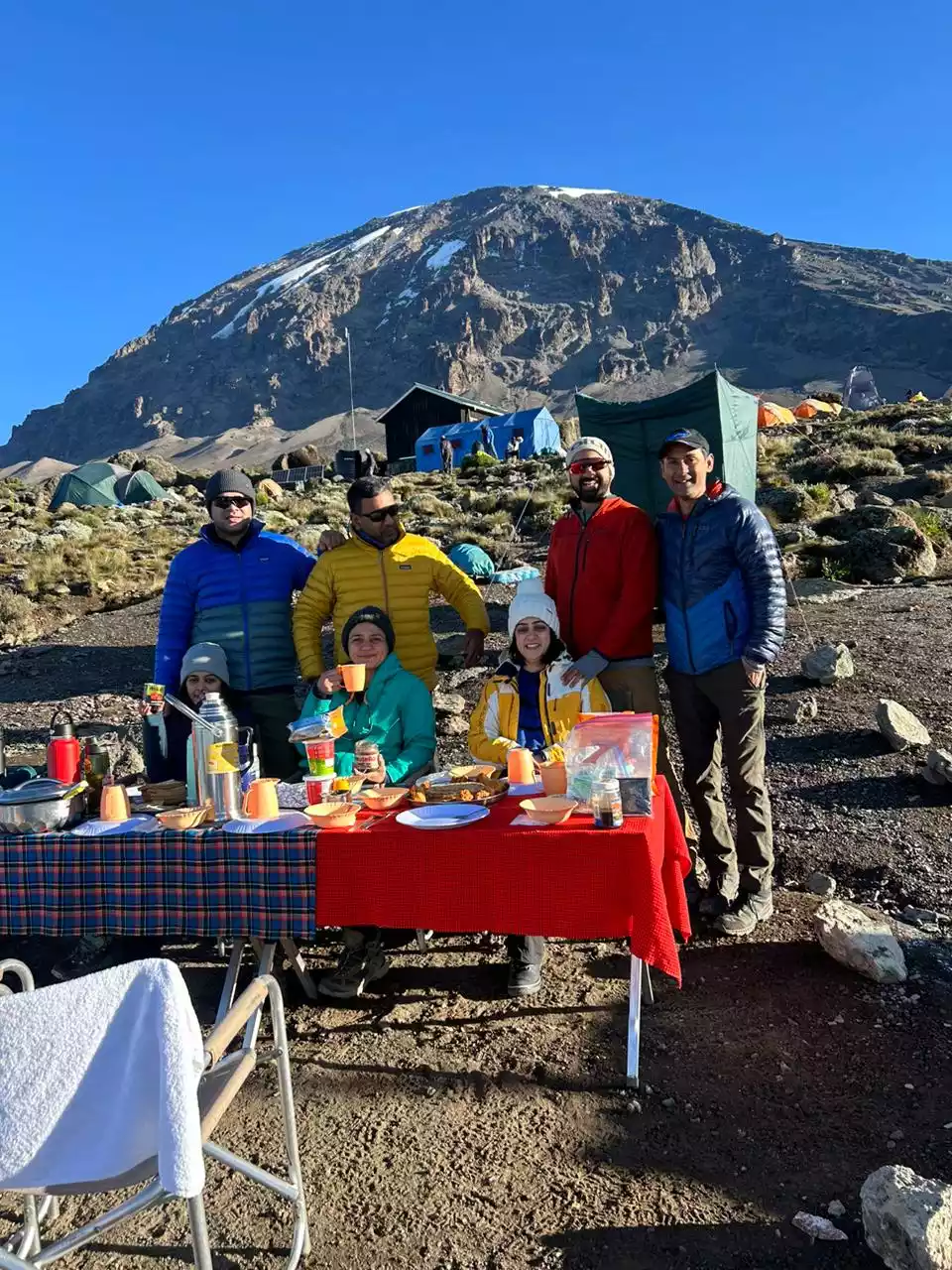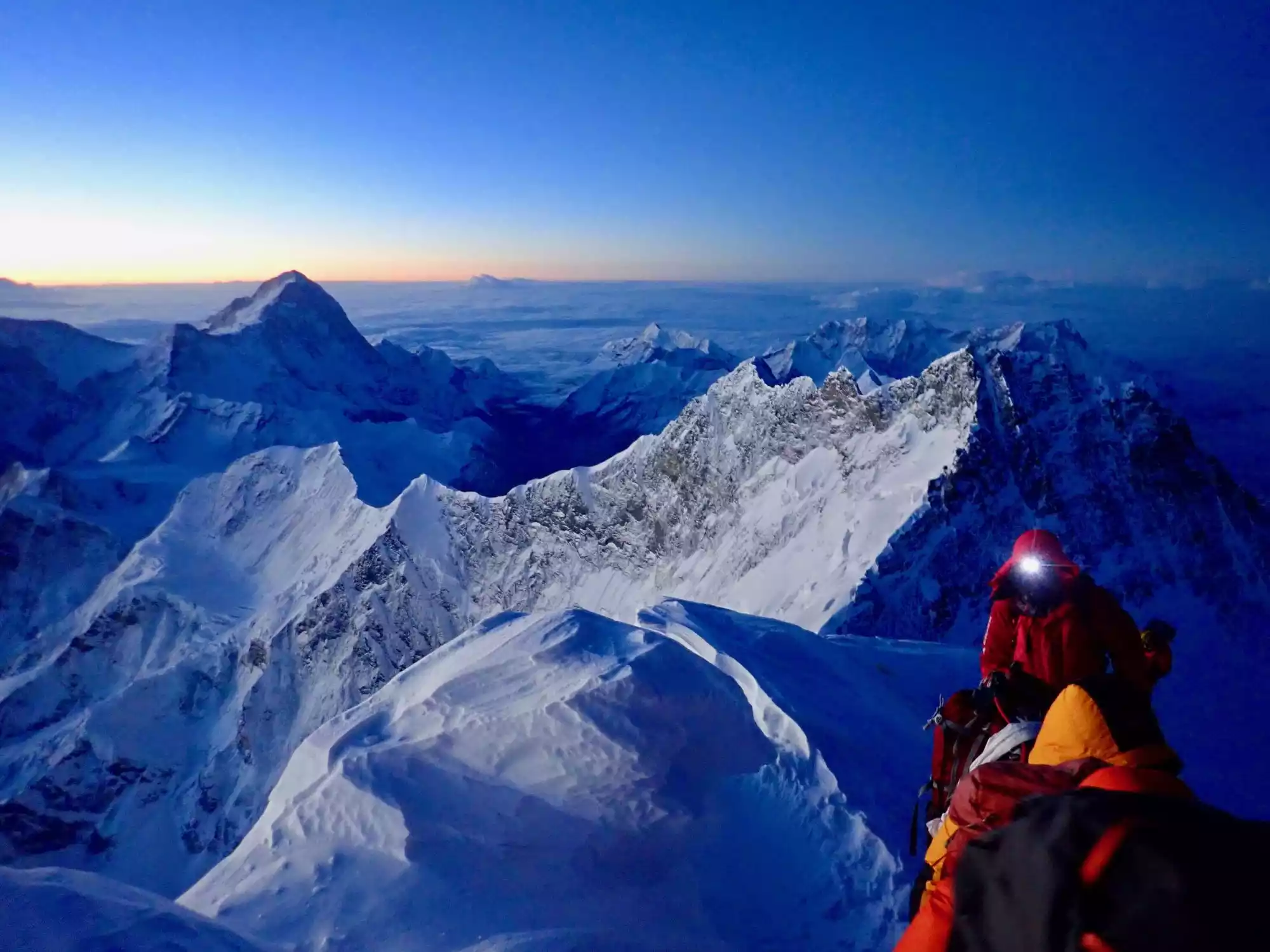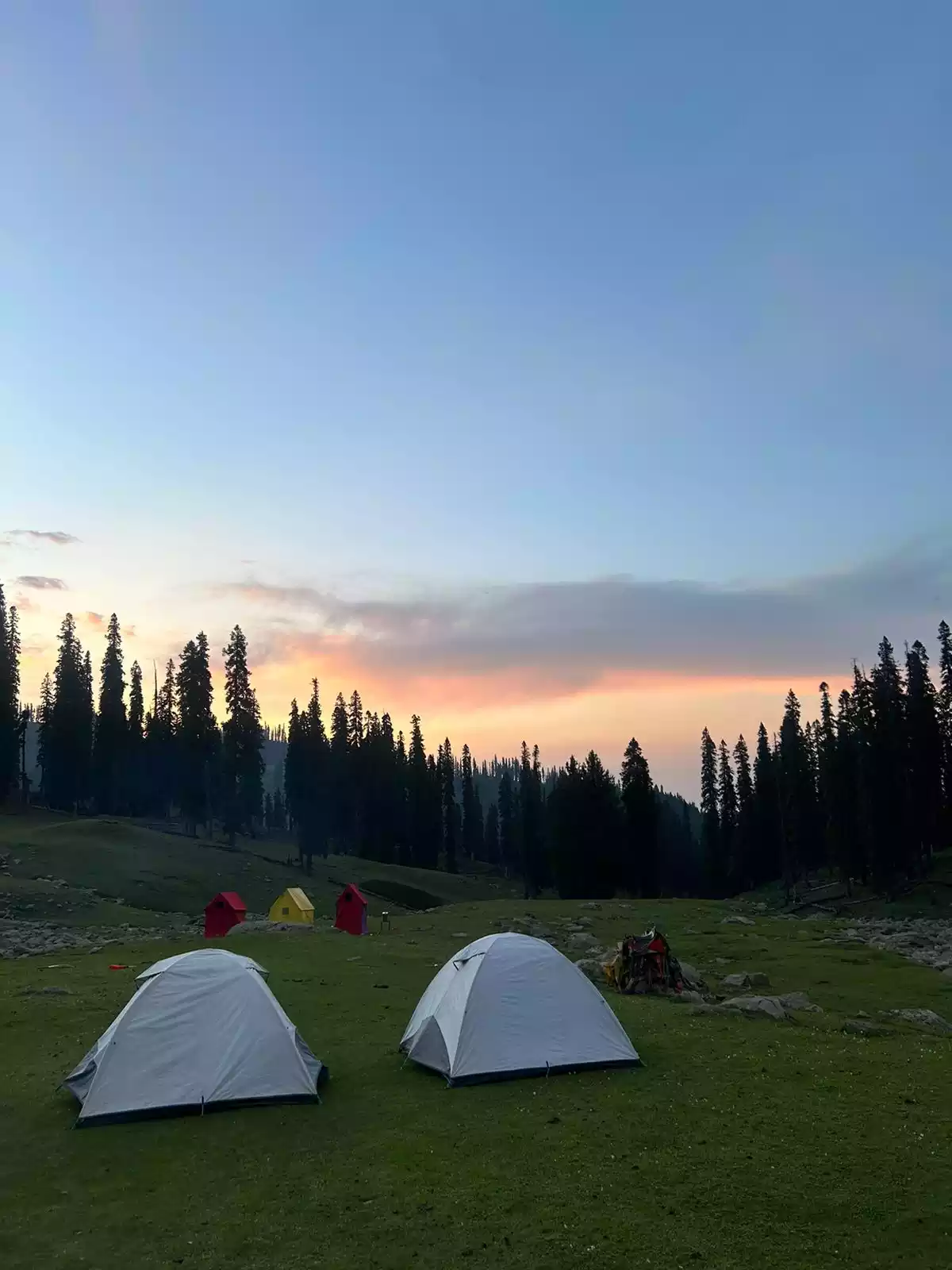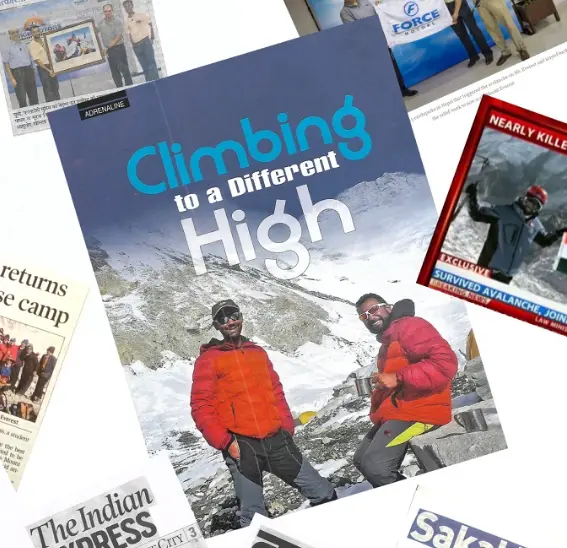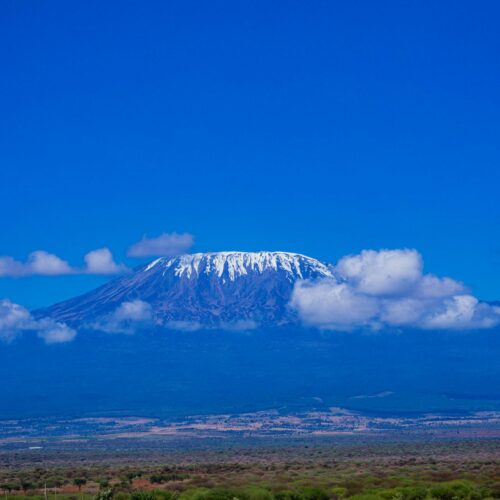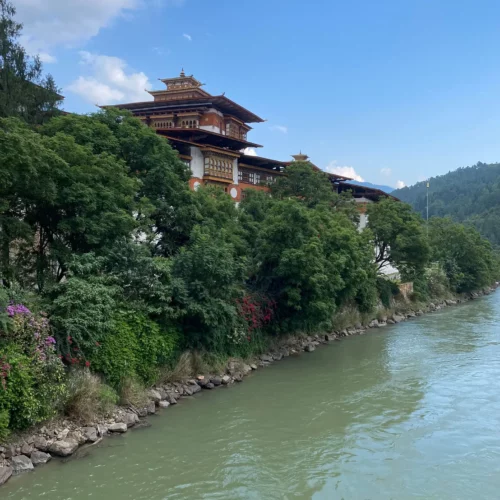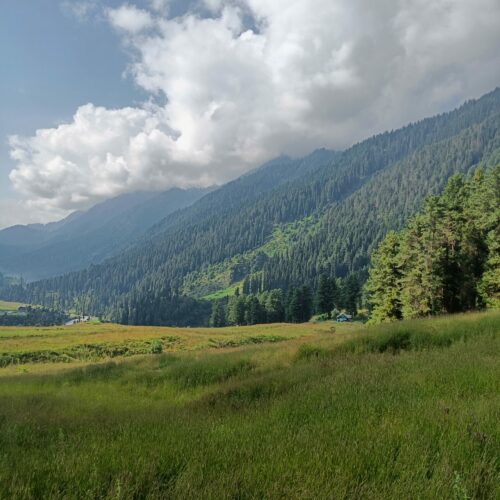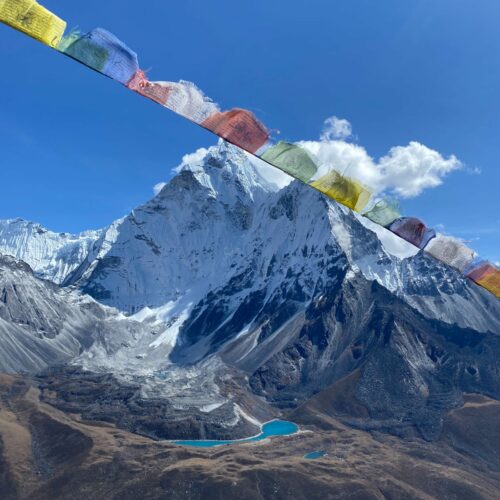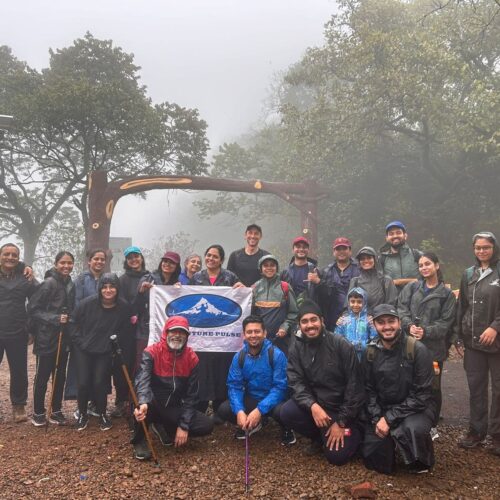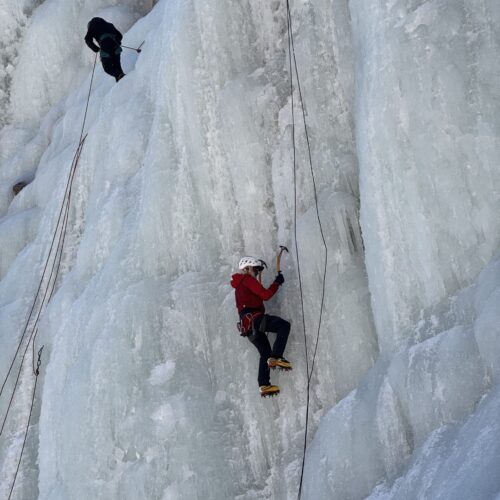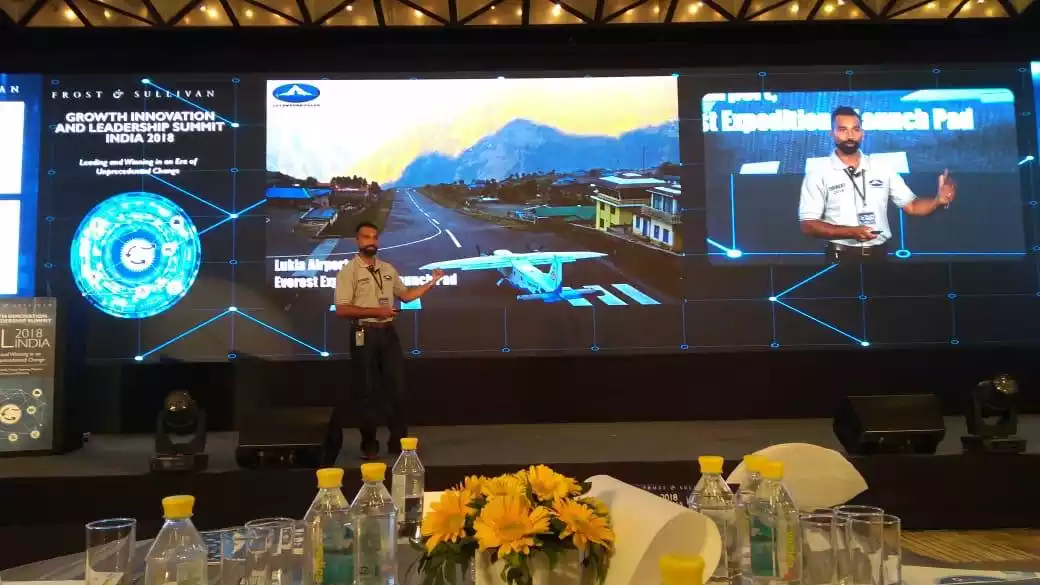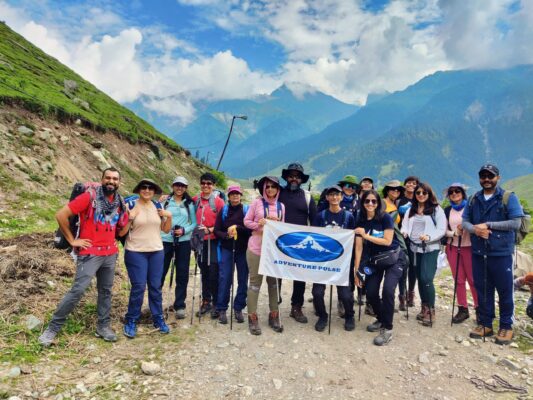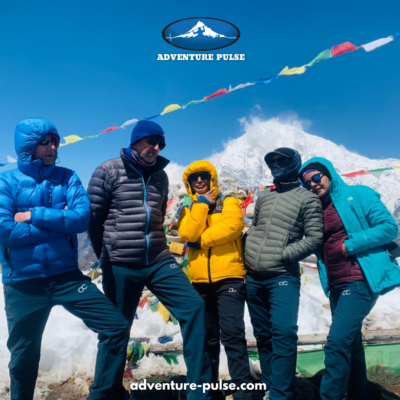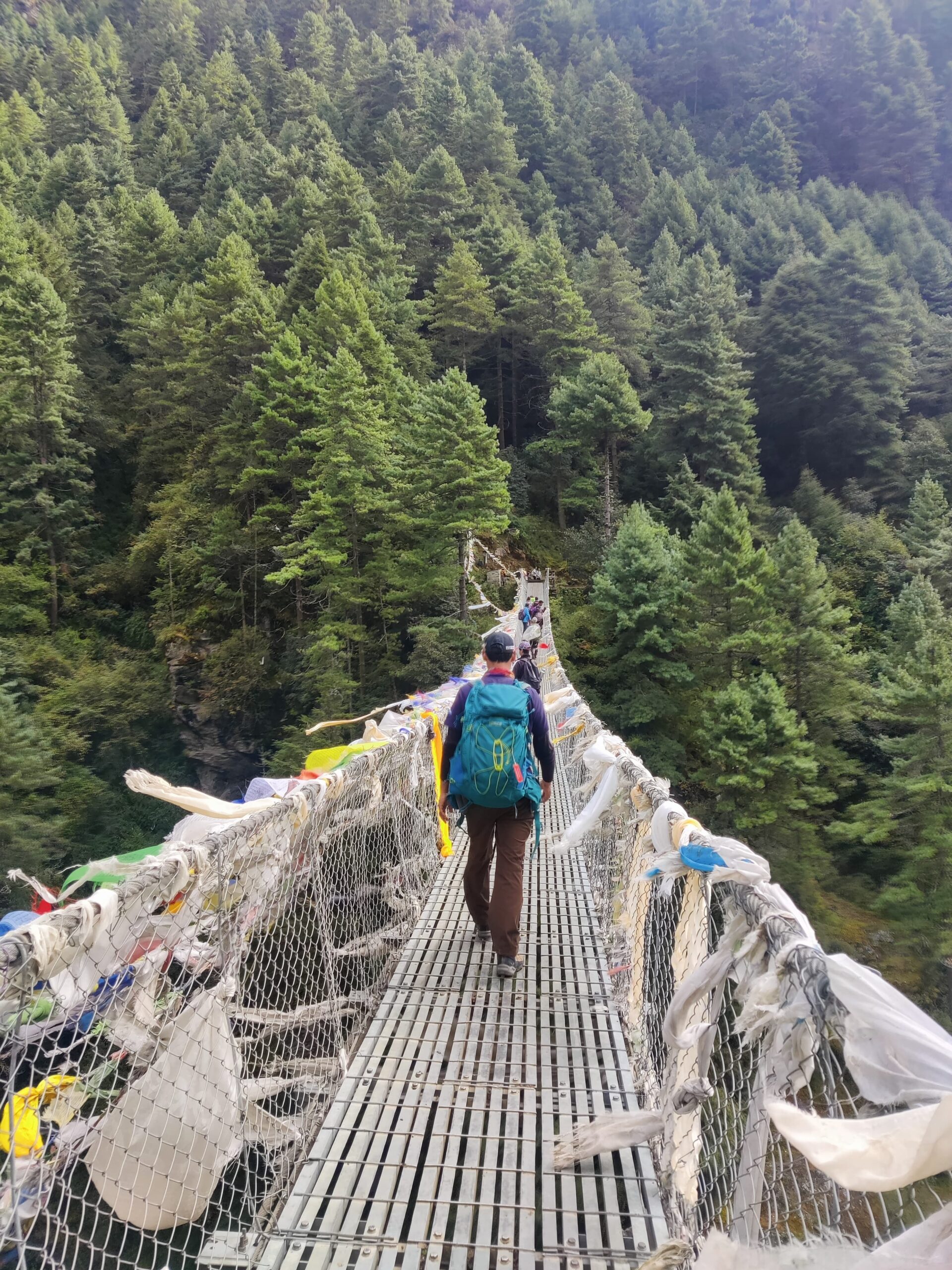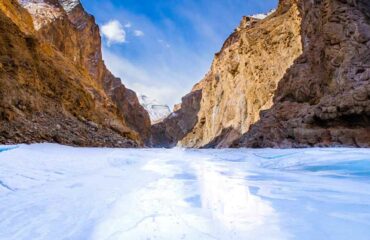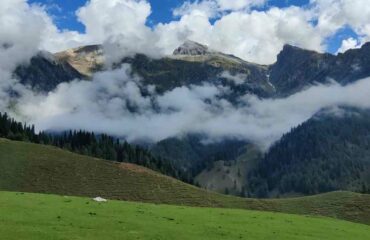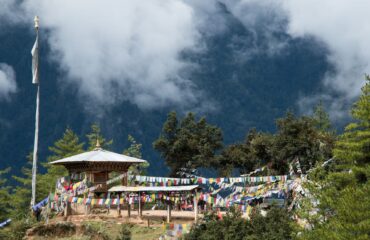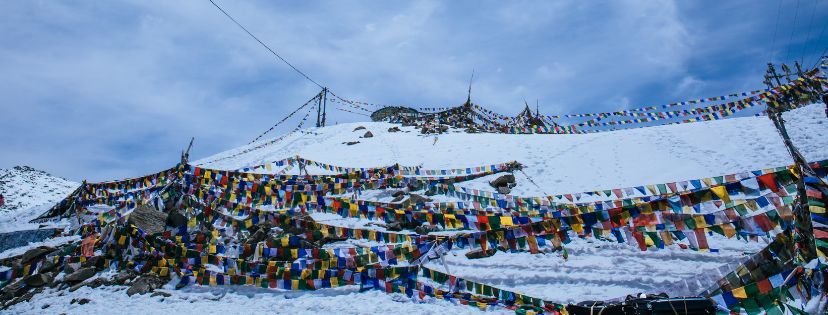
Introduction
Nepal is home to some of the tallest mountains in the world. Its breathtaking landscapes have drawn countless trekkers to explore its wilderness. Known globally for its adventurous spirit, Nepal attracts adventurers seeking new challenges. Over the past century, its valleys and glaciers have sparked numerous expeditions. The country’s fame grew further when Sherpa Tenzing Norgay’s summit of Everest marked a historic achievement, changing Nepal’s fate. Nepal offers many treks, ranging from the popular Everest Base Camp trek to more secluded routes like Manaslu circuit, Mardi Himal, Langtang valley and others. The Annapurna Circuit in Nepal – is among the most famous yet largely secluded trails in the Pokhara region.
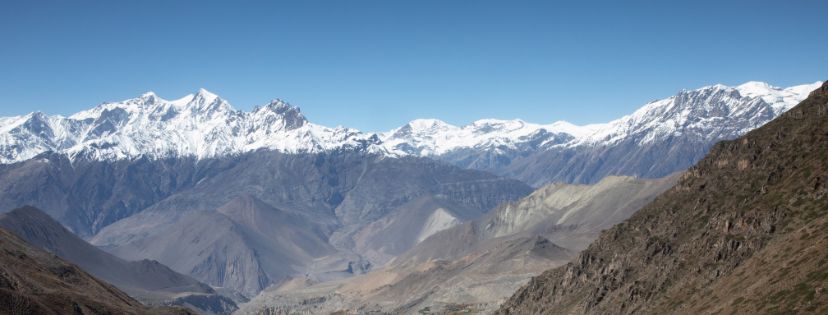
Overview of Annapurna Circuit Trek
The Annapurna Circuit trek in Nepal spans 160-230 kilometers around the Annapurna mountains, making it one of the world’s top long-distance treks. The route takes you through eight climate zones, starting in warm valleys at 600 meters and reaching the frigid heights of Thorung La Pass at 5,416 meters.
Along the way, you will have the opportunity to watch stunning sunrises over towering 8,000-meter peaks. While on this journey you will walk through the world’s deepest gorge at Kali Gandaki, and cross one of the highest mountain passes open to hikers.
As you trek through villages, you’ll witness diverse cultures coming together. The journey also leads you past Hindu temples and Tibetan monasteries, with palm trees gradually giving way to snowy peaks. Along the way, you’ll hear both Nepalese languages and Buddhist prayers.
Here are some undeniable reasons why you should do the Annapurna Circuit Trek in Nepal.
Landscapes and valleys on the trek
The Annapurna Circuit in Nepal takes 10-21 days to complete and is one of Nepal’s most popular treks. Along the way, you’ll encounter incredible views, including terraced rice fields, dense forests, glaciers, and mountain meadows. Furthermore, the trek offers stunning vistas of the Annapurna range (I-IV), three peaks over 8,000 meters, and many other mountains between 6,000 and 7,000 meters.
This popular trek typically begins in Besisahar or Bhulbhule, reachable via a 7-8 hour drive from Kathmandu, and ends in the Kali Gandaki Gorge. Typically, trekkers follow a counter-clockwise route, which helps their bodies adjust to the altitude while passing through Nepal’s Annapurna, Manang, and Mustang regions.
Throughout the trek, you’ll experience authentic Nepalese life, visit Buddhist monasteries and Hindu temples, relax in natural hot springs, and stay in local villages and guesthouses. Although new roads have altered some parts of the route, alternate trails have been created away from traffic.
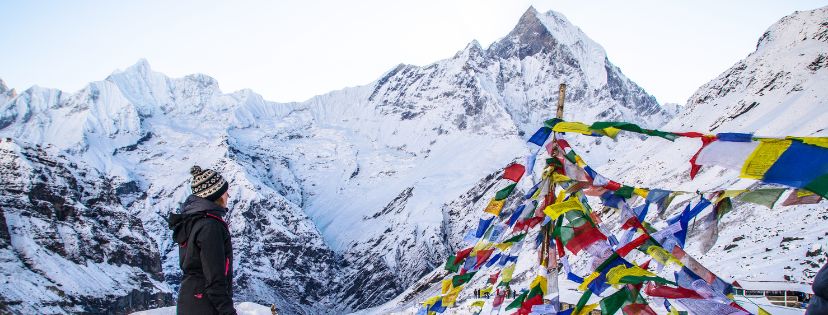
Wildlife and Flora: Discovering Nature’s Wonders
On the Annapurna Circuit, you’ll frequently encounter a variety of animals and plants. Himalayan Thar (mountain goats) are commonly spotted on steep slopes, and Langur monkeys are often seen in the lower forests. Additionally, if you’re lucky, you might spot rare animals such as Snow Leopards and Red Pandas.
Birdwatchers will be thrilled by the 450+ species found here, including the colorful Himalayan Monal, eagles, vultures, falcons, owls, and smaller birds like thrushes, finches, and warblers. Moreover, the trek is home to over 1,200 plant species, ranging from rhododendron forests to high-altitude flowers like Edelweiss.
Spring (April-May) and autumn (September-November) are ideal for wildlife sightings due to mild weather, active animals, and clear skies. Notable spots include Upper Pisang, Bhraga, Ice Lake, Yak Kharka, Letdar, and Manang. However, remember to maintain a respectful distance and avoid disturbing wildlife to preserve this fragile ecosystem.
Awe-Inspiring Views: The Highlights of the Treks in Nepal
The Annapurna Circuit consistently offers breathtaking mountain views. You’ll see towering peaks such as Annapurna, Dhaulagiri, Machapuchhre, and many more. As you climb higher, the landscape transforms dramatically. Most of the trek remains above 3,000 meters, reaching its highest point at Thorong La Pass (5,416 meters/17,769 feet).
Throughout the journey, you’ll trek through varied landscapes, from warm lowlands and mountain meadows to cold, high-altitude zones. Along the way, you’ll pass through villages, forests, and barren mountain terrain. The contrast between lush green valleys and stark mountains makes for an unforgettable experience. For the clearest views, trek early in the morning or late in the afternoon.
The best times for clear views are spring (February-May) and autumn (September-December), when dry trails, clear skies, and mild temperatures prevail. However, weather can change quickly, so it’s crucial to be prepared. Training and possibly hiring a guide will help you tackle this challenging trek.
Climbing Thorong La Pass

Thorong La Pass, at 5,416 meters (17,769 feet), is not only a physical challenge but also a cultural landmark. It serves as a natural divider between the Manang and Mustang regions and is steeped in Tibetan Buddhist culture. Along the way, you’ll encounter chortens (Buddhist stupas) and prayer flags, which symbolize blessings and protection. The ascent is typically done in stages, with an overnight stay at Thorong Phedi or High Camp to acclimatize before the final push.
The climb is grueling, with steep inclines and potentially harsh weather. Nevertheless, the summit offers breathtaking views of the Annapurna and Dhaulagiri ranges. Trekkers are encouraged to follow Leave No Trace principles to minimize their impact on the environment.
Muktinath Temple
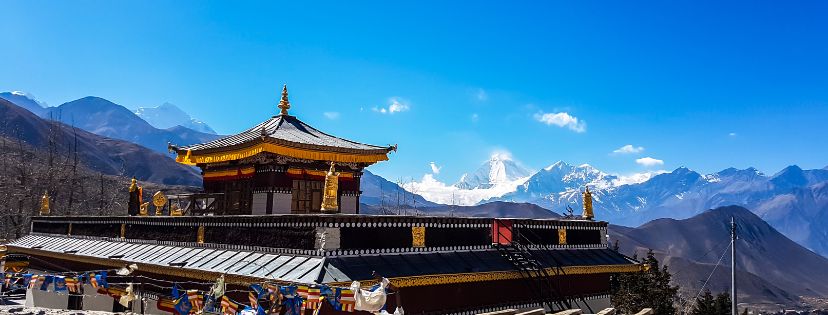
Muktinath Temple, at 3,760 meters (12,623 feet), is a sacred pilgrimage site for both Hindus and Buddhists. Hindus regard it as the place where Lord Vishnu attained salvation, while Buddhists know it as Chumig Gyatsa, symbolizing purification. The temple complex features 108 water spouts, where pilgrims perform ritual baths. Its architecture blends traditional Nepali styles with Tibetan influences, and the site offers stunning mountain views. The journey to Muktinath involves rugged terrain and culminates in a spiritually transformative experience. In addition, conservation efforts are crucial to preserving the site’s cultural and natural heritage.
Experiencing the Tea House Culture
The Annapurna Circuit offers a range of accommodations to suit various budgets. Most trekkers stay in teahouses—family-run lodges that offer basic comforts. These teahouses provide shared rooms with 2-3 beds, some private rooms, and shared bathrooms. Hot showers and Wi-Fi/ charging facilities come at an extra cost.
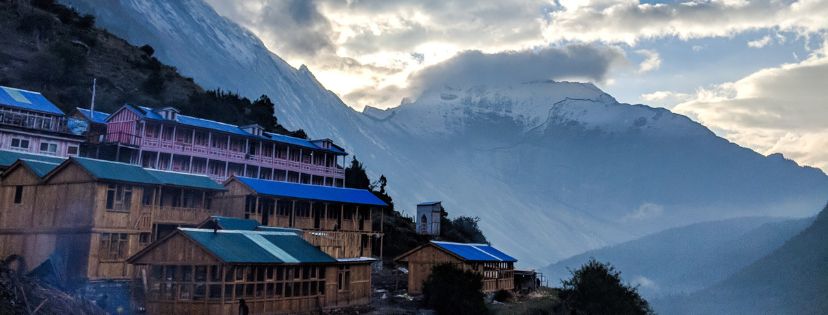
Key stops along the route include Besisahar (starting point), Manang (for altitude adjustment), Thorong Phedi/High Camp (before crossing the pass), and Muktinath (a popular site for both hikers and pilgrims). During busy seasons, especially in spring and autumn, it’s advisable to book ahead as accommodations fill up quickly. However, during quieter seasons, finding a place to stay is easier.
Changing Terrain: From Forests to Barren Ridges
The trek begins in lush forests full of diverse plants, including rhododendrons and medicinal herbs. As you ascend, you’ll pass through pine forests teeming with wildlife. Higher up, the landscape transforms into mountain meadows and high-altitude lakes like Tilicho Lake, one of the highest in the world at about 4,920 meters.
Above the tree-line, the terrain becomes rocky and barren, with steep slopes and exposed ridges. This area often experiences strong winds and harsh sun.
The route crosses two major river valleys—the Marsyangdi River Valley and Kali Gandaki Gorge—offering views of towering peaks like Annapurna I-IV and Dhaulagiri. The trail can be challenging, with steep climbs, loose rocks, and some crumbling or dusty paths. Near Thorong La Pass, you’ll see panoramic views of some of the world’s highest mountains, including Annapurna I and Dhaulagiri I. This view, often considered the trek’s highlight, shows the entire Himalayan range.
Preparing for the Challenge: What to Expect on the Trail of Annapurna Circuit Trek
The trek climbs from around 800 meters (2,625 feet) to 5,416 meters (17,769 feet) at Thorong La Pass. As you ascend, the thinner air can cause altitude sickness, ranging from mild headaches and nausea to more severe conditions like High Altitude Pulmonary Edema (HAPE) and High Altitude Cerebral Edema (HACE), both of which require descending immediately.
To avoid altitude sickness, follow these guidelines:
- Climb slowly, let your body acclimatize at its pace.
- Take rest breaks to allow your body to acclimatize. Spend an extra day in Manang for acclimatization.
- Drink plenty of water (3-4 liters daily) to prevent dehydration, which worsens altitude sickness.
The trek covers diverse terrain, from green forests to rocky mountain paths. Prepare for steep climbs, loose stones, and possible snow or rain, which can make the trails slippery, especially in winter or early spring.
Expect to walk 5-8 hours daily, covering 10-20 kilometers. This demands both physical endurance and mental toughness. The weather can change quickly, even during the best seasons. Physical fitness is essential, as underestimating the trek’s difficulty can lead to struggles along the way. Trekking in these conditions also tests mental resilience, especially when feeling isolated. However, with preparation, you can have a safe and rewarding experience in the Himalayas.
Summary: Why the Annapurna Circuit Trek is a Must-Do Trek in Nepal
The Annapurna Circuit Trek is truly special. It stands out from other Nepal treks with its varied landscapes, ranging from green valleys to high mountain passes. Along the way, you’ll meet friendly locals, experience Nepal’s rich culture, and see some of the world’s highest mountains.
This trek perfectly combines natural beauty, cultural experiences, and physical challenge. If you’re considering treks in Nepal, the Annapurna Circuit promises an adventure you’ll never forget.

